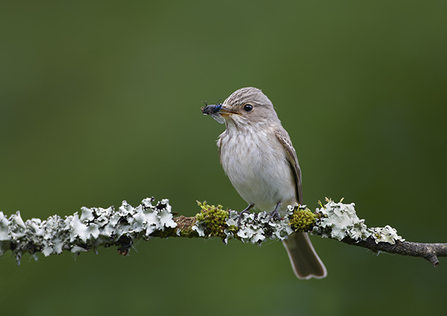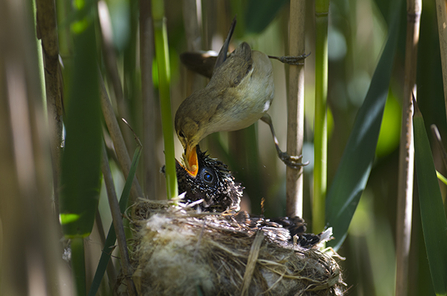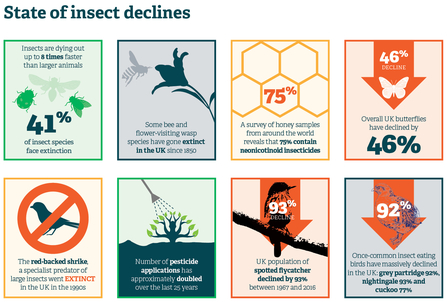Rachel Carson, the Author of Silent Spring, once said:
“Most of us walk unseeing through the world, unaware alike of its beauties, its wonders, and the strange and sometimes terrible intensity of the lives that are being lived about us.”
And in this day and age, it’s quite true. Aside from the ‘shifting baseline’ syndrome, where we may be aware of the difference in wildlife now as opposed to when we were a child, but cannot know what has gone before, many of us now walk around with heads down, glued to our mobile phones. How many people realise how quiet our countryside has become over the last 50 years, let alone 100 or 200?



